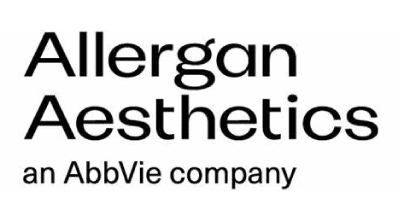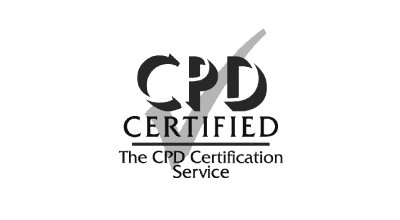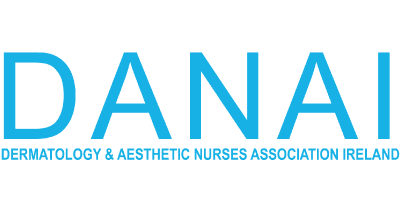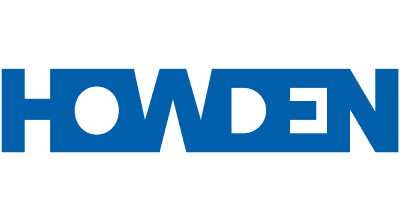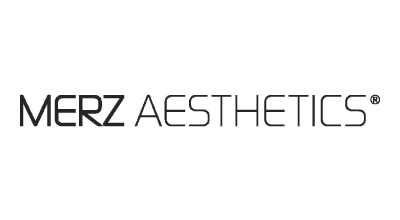Global pharmaceutical company Merz Aesthetics has launched Belotero Revive, an injectable resorbable implant indicated for the revitalisation of early onset photodamaged skin.
The company explains that the implant uses patented cohesive polydensified matrix technology which allows for homogeneous dermal integration. The company states that the implant also includes the addition of 17.5mg/ml of glycerol, which has highly hydrophilic properties. According to Merz, this aims to treat the early signs of sun damage by rehydrating the skin, improving elasticity and firmness, and smoothing superficial fine lines.
Marketing manager, Louise Miller, commented, “At Merz Aesthetics, research, development and innovation is at the heart of everything we do, which is why we are so excited to announce a new product launch within our Belotero portfolio. Belotero Revive is a really important addition to our range and will allow healthcare professionals to revitalise and hydrate their patients’ skin. The team at Merz Aesthetics are ready and waiting to take enquiries!”
Using Polynucleotides for Skin Rejuvenation
Aging Processes: Understanding intrinsic, mimetic, and extrinsic aging is crucial for aesthetic practitioners.
Intrinsic aging involves hormonal changes, while mimetic aging relates to muscle aging, and extrinsic aging includes factors like photoaging.
External factors contribute to skin thinning, fine lines, melasma, and telangiectasias.
Collagen and elastin decline, leading to dermal flaccidity, while bony resorption and fat pad loss cause volume loss.
Laxity and ptosis result from muscle thinning and ligament flaccidity.
Skin Rejuvenation: Aesthetic medicine aims to prevent and restore age-related changes.
Comprehensive rejuvenation requires rebuilding lost volume, strengthening ligaments, and improving skin quality.
No single procedure can achieve comprehensive rejuvenation; a combined, individualized approach is necessary.
Polynucleotides for Skin Rejuvenation:
Polynucleotides combat aging signs and protect against photoaging.
They capture free radicals, initiate DNA salvage pathways, and protect fibroblasts’ DNA from UV damage.
Polynucleotides stimulate collagen, elastin, and HA synthesis, improve skin hydration and elasticity, and have anti-inflammatory properties.
They’ve been successfully used for chronic wound treatment and scar therapy.
Mechanism of Action:
Highly purified polynucleotide gel has a short half-life and doesn’t bind to proteins.
Non-specific nucleases degrade polynucleotides, stimulating fibroblast growth and proliferation.
Polynucleotides activate fibroblasts’ differentiation into myofibroblasts, promote anti-inflammatory effects, and enhance tissue healing.
Indications and Protocol:
Indications include dehydrated skin, wrinkles, photoaging signs, and loss of elasticity.
Recommended series of three to four procedures with four-week intervals.
Results include improved skin moisturization, texture, elasticity, and regeneration.
Administration and Considerations:
Careful patient examination and injection point determination are necessary.
Typically, 1ml per side is injected, with fine deposits of 0.05ml.
Can be used for facial rejuvenation, neck, décolletage, and body.
Various injection techniques are available, with precautions for certain areas and conditions.
Relative contraindications include active infections, autoimmune diseases, cancer, pregnancy, lactation, and antiplatelet/anticoagulant drug use.
Safety and Adverse Reactions:
Purified polynucleotide chains have a low risk of allergic reactions and minimal adverse effects.
Reported reactions include redness, itching, and transient papules, mainly after multiple treatments.
Slow aspiration during injection is recommended, with one series per area per year.



